 W
WWilliam de Botreaux (1337–1391) was a prominent English West-Country baron during the reigns of King Edward III (1327-1377) and King Richard II (1377-1399).
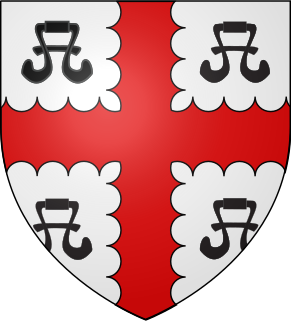 W
WRobert Bourchier, 1st Baron Bourchier was Lord Chancellor of England, the first layman to hold the post.
 W
WGuy de Bryan, 1st Baron Bryan, KG was an English military commander and Admiral.
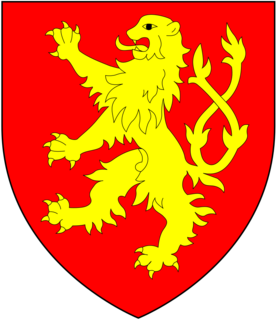 W
WBartholomew Burghersh, 1st Baron Burghersh, called "the elder", was an English nobleman and soldier, a younger son of Robert Burghersh, 1st Baron Burghersh and Maud Badlesmere, sister of Bartholomew Badlesmere, 1st Baron Badlesmere. He was the father of Bartholomew Burghersh the younger.
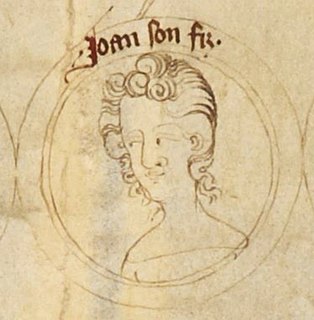 W
WJohn of Eltham, 1st Earl of Cornwall was the second son of Edward II of England and Isabella of France. He was heir presumptive to the English throne until the birth of his nephew Edward, the Black Prince.
 W
WSir Thomas Dagworth was an English knight and soldier, who led English armies in Brittany during the Hundred Years' War.
 W
WEdward le Despenser, 1st Baron Despenser was the son of another Edward le Despenser and Anne Ferrers, sister of Henry, Lord Ferrers of Groby. He succeeded as Lord of Glamorgan in 1349.
 W
WHugh le Despenser, 1st Baron le Despenser, Lord of Glamorgan, was the eldest son and heir of Hugh Despenser the Younger and grandson of Hugh le Despenser, 1st Earl of Winchester. His father and grandfather were both executed in 1326. His mother was Eleanor de Clare, suo jure 6th Lady of Glamorgan, daughter of Gilbert de Clare, 6th Earl of Hertford and Joan of Acre. Through his mother, Hugh was a great grandson of King Edward I. He married Elizabeth Montague (d.1359), and both are buried in Tewkesbury Abbey, Gloucestershire, which abbey was founded by Robert Fitzhamon (d.1107), the first Norman feudal baron of Gloucester and Lord of Glamorgan.
 W
WEdward of Woodstock, known to history as the Black Prince, was the eldest son of King Edward III of England, and the heir apparent to the English throne. He died before his father and so his son, Richard II, succeeded to the throne instead. Edward nevertheless earned distinction as one of the most successful English commanders during the Hundred Years' War, being regarded by his English contemporaries as a model of chivalry and one of the greatest knights of his age.
 W
WEnguerrand VII de Coucy,, also known as Ingelram de Coucy and Ingelram de Couci, was a medieval French nobleman, and the last Lord of Coucy. He became son-in-law of King Edward III of England following his marriage to the king's daughter, Isabella of England, and the couple was subsequently granted by the king several English estates, among them the title Earl of Bedford. Coucy fought in the Battle of Nicopolis (1396) as part of a failed crusade against the Ottoman Empire, and was taken prisoner. Having contracted the bubonic plague, he died in captivity at Bursa, Ottoman Empire.
 W
WHugh de Audley, 1st Earl of Gloucester, 1st Baron Audley of Stratton Audley in Oxfordshire, and of Gratton in Staffordshire, served as Sheriff of Rutland and was the English Ambassador to France in 1341. He was buried in Tonbridge Priory.
 W
WThomas of Woodstock, 1st Duke of Gloucester was the fifth surviving son and youngest child of King Edward III of England and Philippa of Hainault.
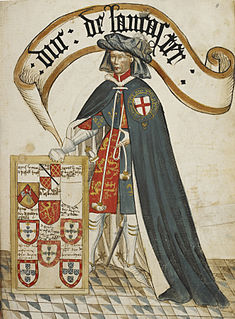 W
WHenry of Grosmont, 1st Duke of Lancaster was an English statesman, diplomat, soldier, and Christian writer. The owner of Bolingbroke Castle in Lincolnshire, Grosmont was a member of the House of Plantagenet, which was ruling over England at that time. He was the wealthiest and most powerful peer of the realm.
 W
WJohn de Hausted was a 13th-14th century English nobleman who fought in both the Anglo-French War and in the First War of Scottish Independence.
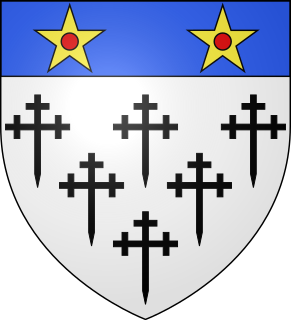 W
WWilliam de Clinton, 1st Earl of Huntingdon and Lord High Admiral, was the younger son of John de Clinton, 1st Baron Clinton (d.1312/13) of Maxstoke Castle, Warwickshire, and Ida de Odingsells who was the granddaughter of Ida II Longespee. The surname Clinton came from the lordship of Clinton in Oxfordshire, given to them at the Conquest. Geoffrey de Clinton was Lord Chamberlain and Treasurer of Henry I, while Roger de Clinton was Bishop of Coventry 1127–1148.
 W
WJohn of Gaunt was an English prince, military leader, and statesman. He was the third of the five sons of King Edward III of England who survived to adulthood. Due to his royal origin, advantageous marriages, and some generous land grants, Gaunt was one of the richest men of his era, and was an influential figure during the reigns of both his father, Edward, and his nephew, Richard II. As Duke of Lancaster, he is the founder of the royal House of Lancaster, whose members would ascend to the throne after his death. His birthplace, Ghent, corrupted into English as Gaunt, was the origin for his name. When he became unpopular later in life, a scurrilous rumour circulated, along with lampoons, claiming that he was actually the son of a Ghent butcher. This rumour, which infuriated him, may have been inspired by the fact that Edward III had not been present at his birth.
 W
WThomas Holland, 2nd Baron Holand, and jure uxoris 1st Earl of Kent, KG was an English nobleman and military commander during the Hundred Years' War. By the time of the Crécy campaign, he had apparently lost one of his eyes.
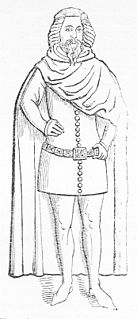 W
WLionel of Antwerp, Duke of Clarence, was the third son, but the second son to survive infancy, of the English king Edward III and Philippa of Hainault. He was named after his birthplace, at Antwerp in the Duchy of Brabant. Lionel was a grandson of William I, Count of Hainaut. He grew to be nearly seven feet in height and had an athletic build.
 W
WGerard II de Lisle, 1st Baron Lisle of Kingston Lisle, was an English nobleman and soldier during King Edward III's campaigns in Scotland and France.
 W
WJohn Maltravers, 1st Baron Maltravers (1290?–1364) was an English nobleman and soldier.
 W
WWalter Manny,, 1st Baron Manny, KG, soldier of fortune and founder of the Charterhouse, was from Masny in Hainault, from whose counts he claimed descent. He was a patron and friend of Froissart, in whose chronicles his exploits have a conspicuous and probably an exaggerated place.
 W
WRoger Mortimer, 3rd Baron Mortimer of Wigmore, 1st Earl of March, was an English nobleman and powerful Marcher lord who gained many estates in the Welsh Marches and Ireland following his advantageous marriage to the wealthy heiress Joan de Geneville, 2nd Baroness Geneville. In November 1316, he was appointed Lord Lieutenant of Ireland. He was imprisoned in the Tower of London in 1322 for having led the Marcher lords in a revolt against King Edward II in what became known as the Despenser War. He later escaped to France, where he was joined by Edward's queen consort Isabella, whom he may have taken as his mistress. After he and Isabella led a successful invasion and rebellion, Edward was deposed; Mortimer allegedly arranged his murder at Berkeley Castle. For three years, Mortimer was de facto ruler of England before being himself overthrown by Edward's eldest son, Edward III. Accused of assuming royal power and other crimes, Mortimer was executed by hanging at Tyburn.
 W
WJohn de Montacute was a 14th-century English nobleman and loyal servant of King Edward III. He was the son of William Montagu, 1st Earl of Salisbury by his wife Catherine Grandison, and younger brother of William de Montacute, 2nd Earl of Salisbury (1328–1397). He also had several younger sisters.
 W
WWilliam de Bohun, 1st Earl of Northampton, KG was an English nobleman and military commander.
 W
WLaurence de Hastings, 1st Earl of Pembroke was a Norman English nobleman and held the titles 1st Earl of Pembroke, Baron Abergavenny and Baron Hastings under Edward II of England and Edward III of England.
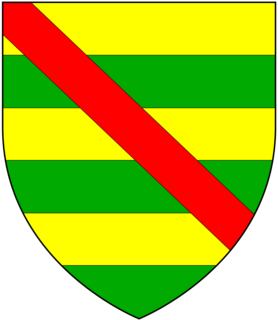 W
WMichael de Poynings, 1st Baron Poynings, Knt., of Bures St. Mary, Suffolk, was an English nobleman and soldier. He was present at the Battle of Crécy.
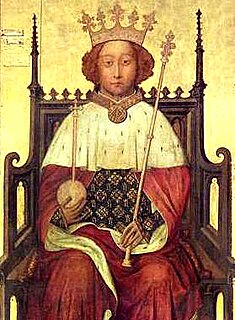 W
WRichard II, also known as Richard of Bordeaux, was King of England from 1377 until he was deposed in 1399. Richard's father, Edward, Prince of Wales, died in 1376, leaving Richard as heir apparent to his grandfather, King Edward III. Upon the death of Edward III, the 10-year-old Richard succeeded to the throne.
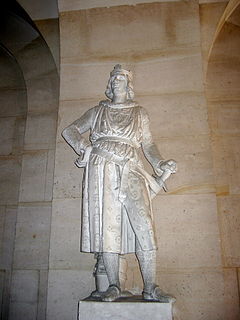 W
WRobert III of Artois was Lord of Conches-en-Ouche, of Domfront, and of Mehun-sur-Yèvre, and in 1309 he received as appanage the county of Beaumont-le-Roger in restitution for the County of Artois, which he claimed. He was also briefly Earl of Richmond in 1341 after the death of John III, Duke of Brittany.
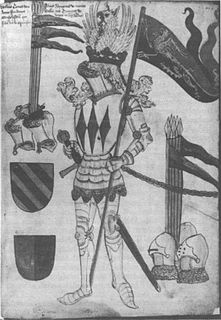 W
WWilliam Montagu, alias de Montacute, 1st Earl of Salisbury, 3rd Baron Montagu, King of Man was an English nobleman and loyal servant of King Edward III.
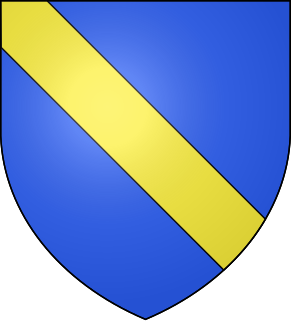 W
WRichard le Scrope, 1st Baron Scrope of Bolton was an English soldier and courtier, serving Richard II of England. He also fought under the Black Prince at the Battle of Crecy in 1346.
 W
WRalph de Stafford, 1st Earl of Stafford, 2nd Baron Stafford,, KG, of Stafford Castle and Madeley Castle in Staffordshire, was an English nobleman and notable soldier during the Hundred Years War against France.
 W
WMichael de la Pole, 1st Earl of Suffolk, 1st Baron de la Pole, of Wingfield Castle in Suffolk, was an English financier and Lord Chancellor of England. His contemporary Froissart portrays de la Pole as a devious and ineffectual counsellor who dissuaded King Richard II from pursuing a certain victory against French and Scottish forces in Cumberland and fomented undue suspicion of that king's uncle John of Gaunt, 1st Duke of Lancaster.
 W
WGilbert Talbot, 1st Baron Talbot (1276/77–1346) was an English nobleman. He was the first of his line to hold the title of Baron Talbot, and the lineal ancestor of the Earls of Shrewsbury.
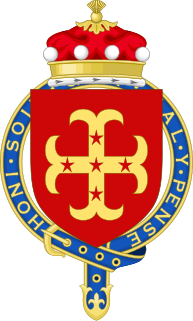 W
WThomas Ughtred, 1st Baron Ughtred, KG was an English soldier and politician. The eldest son and heir of Robert Ughtred, lord of the manor of Scarborough, Kilnwick Percy, Monkton Moor, and other places in Yorkshire. He was born in 1292, being eighteen years of age at his father's death, before 24 May 1310. During a distinguished career he was knighted in 1324, made a Knight banneret in 1337, a Knight of the garter between 15 May 1358 and 1360, and summoned to parliament as Baron Ughtred on 30 April 1344.
 W
WEdmund of Langley, 1st Duke of York, KG was the fourth surviving son of King Edward III of England and Philippa of Hainault. Like many medieval English princes, Edmund gained his nickname from his birthplace: Kings Langley Palace in Hertfordshire. He was the founder of the House of York, but it was through the marriage of his younger son, Richard of Conisburgh, 3rd Earl of Cambridge, to Anne de Mortimer, great-granddaughter of Edmund's elder brother Lionel of Antwerp, 1st Duke of Clarence, that the House of York made its claim to the English throne in the Wars of the Roses. The other party in the Wars of the Roses, the incumbent House of Lancaster, was formed from descendants of Edmund's elder brother John of Gaunt, 1st Duke of Lancaster, Edward III's third son.